

Want to get stronger, leaner, and take your fitness to the next level? Explore our workout programs now!
In this article, we have listed the most effective exercise per muscle based on a set of criteria including muscle activation and overload potential. Not all muscles are covered, but we covered the most important to help you compile the perfect full-body workout.
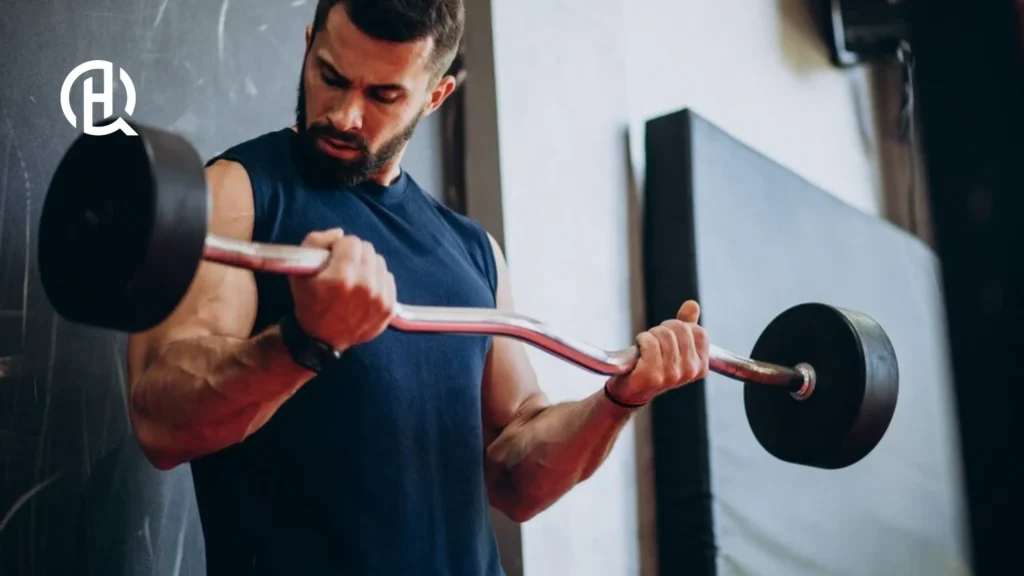
Let’s start with a disclaimer: no matter how hard we try, it’s virtually impossible to come up with a definitive answer to the question “What is the most effective exercise for each muscle?”. That’s because exercises affect muscles in different ways; some are great for strength development, for example, but may lack in terms of muscle isolation.
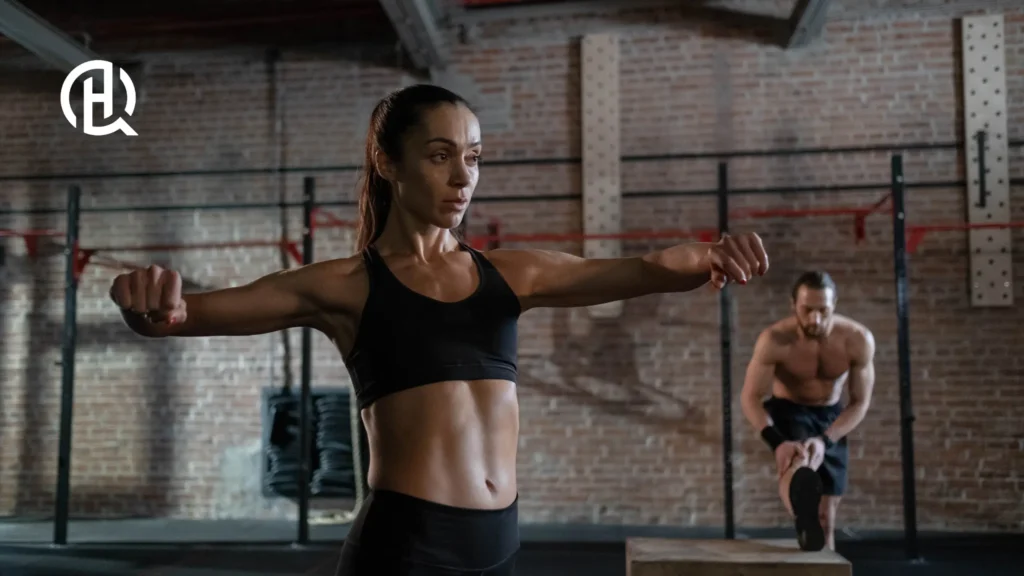
Nevertheless, we have done our best to, based on a comprehensive set of criteria, suggest one great exercise per muscle group that you can immediately incorporate into your workout routine. We will justify each of our picks in detail, but please remember that, as we’ve established, “effectiveness” is a broad concept that fundamentally depends on one’s specific objectives.
With that in mind, these are our picks for the most effective exercises per muscle:
Let’s take a closer look at each of our suggestions:
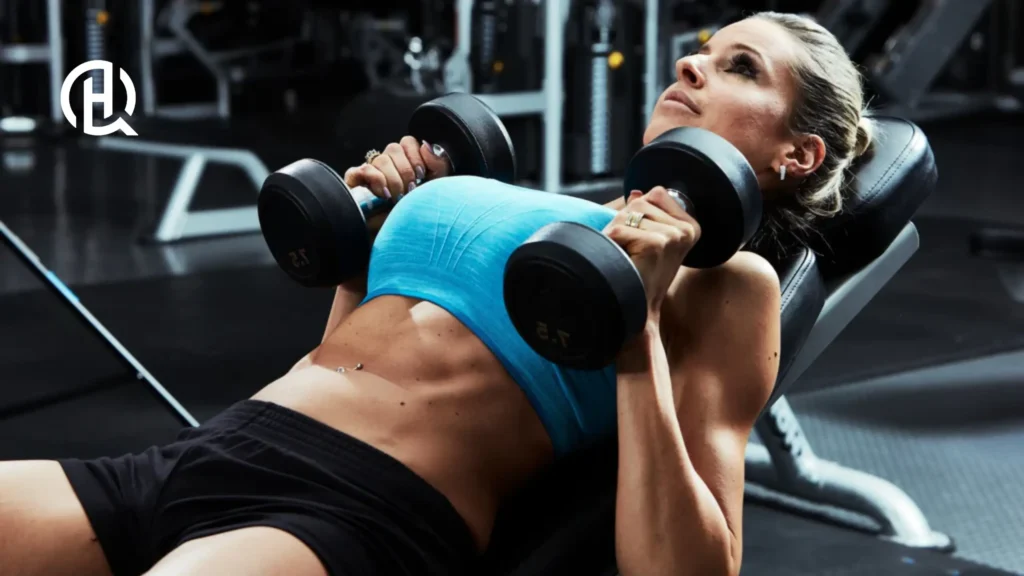
Upper chest development is the key benefit of the incline dumbbell bench press, our pick for the most effective chest exercise. We’ve settled for this one because it’s nearly perfect, fitting most chest-related purposes.
The incline dumbbell bench press activates the muscles in the chest, the front delts, and the triceps. Its dynamism is greatly enhanced by the dumbbells, which allow for a wider range of motion than a barbell. Additionally, dumbbells enable full contraction at the top of the movement.
The angle also plays a pivotal role, with studies showing that “An inclination of 30° produces greater activation of the upper portion of the pectoralis major”, meaning incline bench presses are more effective in terms of upper-chest activation than non-inclined ones.
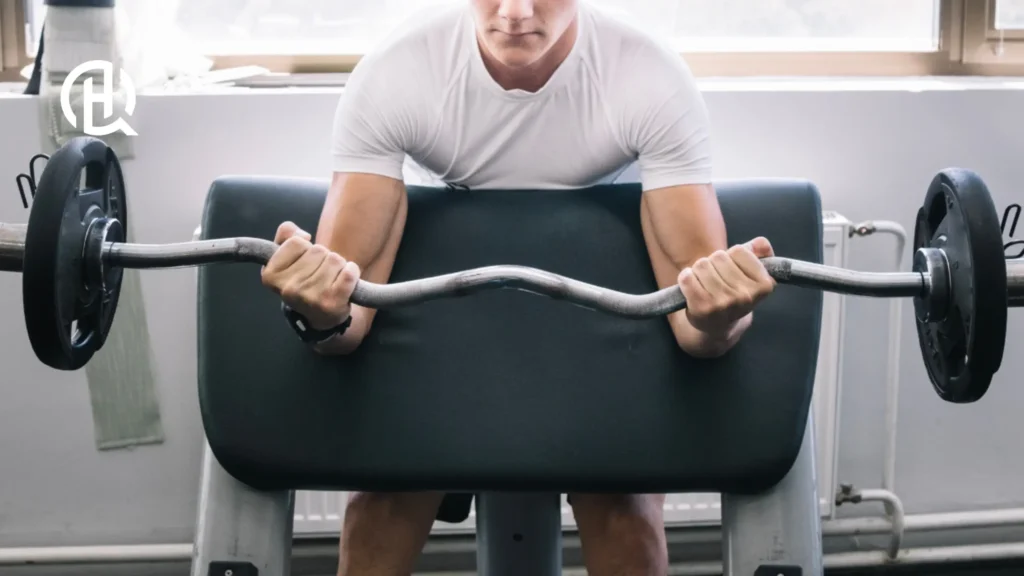
Whereas chest development greatly benefits from compound movements, growing bigger biceps is probably easier with a dedicated isolation exercise. We love the EZ-barbell preacher curl as a biceps workout because of how effective it is at building shape (due to its high level of isolation) and overload potential (mainly due to the use of the EZ bar).
Unlike a regular barbell, the EZ bar’s non-linear shape is designed to reduce wrist strain, making it easier to lift heavier weights without risking injury. Another key aspect of this exercise is the locking of the arms, which should rest on a flat surface. This takes away all momentum from the exercise, ensuring the biceps are in charge of all the work.
The EZ-barbell preacher curl is also impressive in terms of the range of motion, allowing for one of the deepest stretches out of all bicep exercises. So, unless you’re looking for a compound biceps exercise, this workout is the perfect pick for getting stronger biceps.
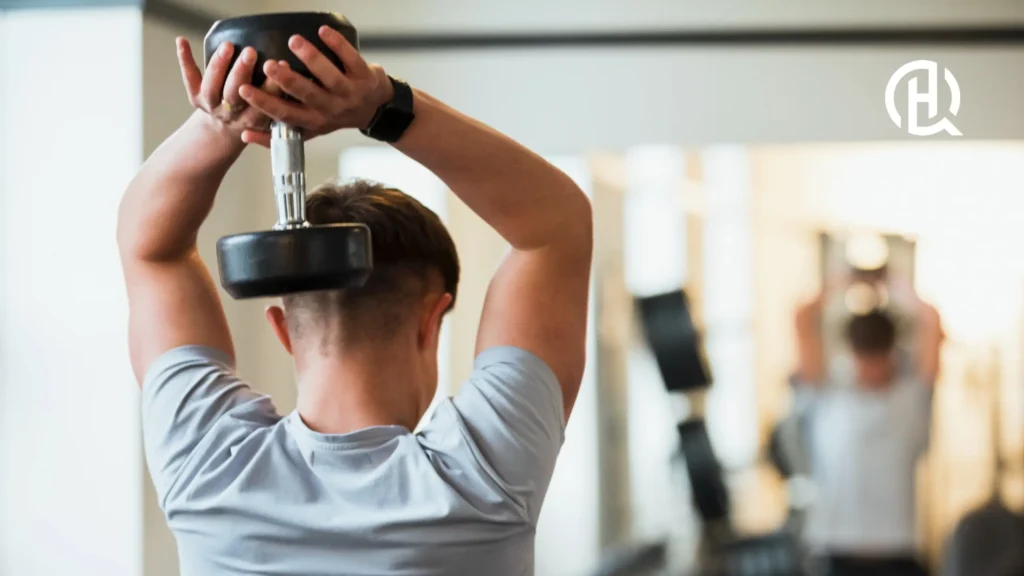
Most people who train the triceps are looking for that beautiful 3D effect in the arms; so, we have once more decided on an isolation exercise, namely one that mainly affects the most untrained muscle of the triceps (the long head). It’s called the dumbbell overhead triceps extension, and it has several unique benefits.
The greatest of which is perhaps the range of motion, with the extending movement, associated with the use of dumbbells, allowing for one of the deepest triceps stretches in the game. Because of the lack of momentum (upper arms are supposed to remain stationary), the dumbbell overhead triceps extension also qualifies as a bona fide, pure isolation workout.
Despite this, this exercise is still awesome for long-term progression, as you can easily increase weight without losing form (as long as you do it timely and responsibly, of course). For increased stability (always a plus), make sure you perform the extensions while seated.

This was one of the hardest picks, as the shoulders are a complex and varied group of muscles. We settled for an exercise that is mainly aimed at growing the lateral head of the shoulders because this is the muscle mainly responsible for providing the “round-shoulder” look most people strive for.
That exercise is the cable one-arm lateral raise, a challenging but effective routine that should be a part of every upper-body split. The main disadvantage? Overload potential is relatively limited. The main advantage? Your shoulders’ lateral head will be under tension from start to end, increasing growth potential.
If you don’t have access to a cable machine, you can try to perform one-arm lateral raises with dumbbells. However, keep in mind this will negatively impact the degree of tension, with gravity helping pull the weight down (something that doesn’t happen when you’re using high-tension cables).
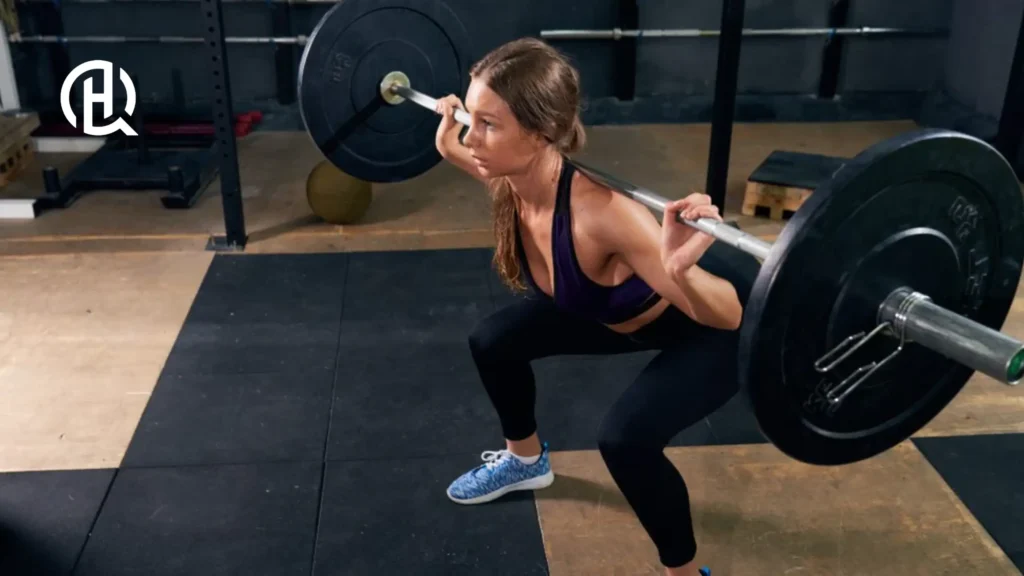
For the legs, compound exercises are the way to go. However, they should also be good at isolating the specific leg muscle one wants to improve on. For the quads, the obvious pick is the high-bar barbell back squat, a compound movement that activates muscles from the hips to the ankles but enlists the quads as the prime movers.
Since this exercise is a barbell lift, it’s unrivaled in terms of overload potential. As many gymgoers know, barbell lifts are always one of the first exercises we end up lifting some serious over-hundred weights on!
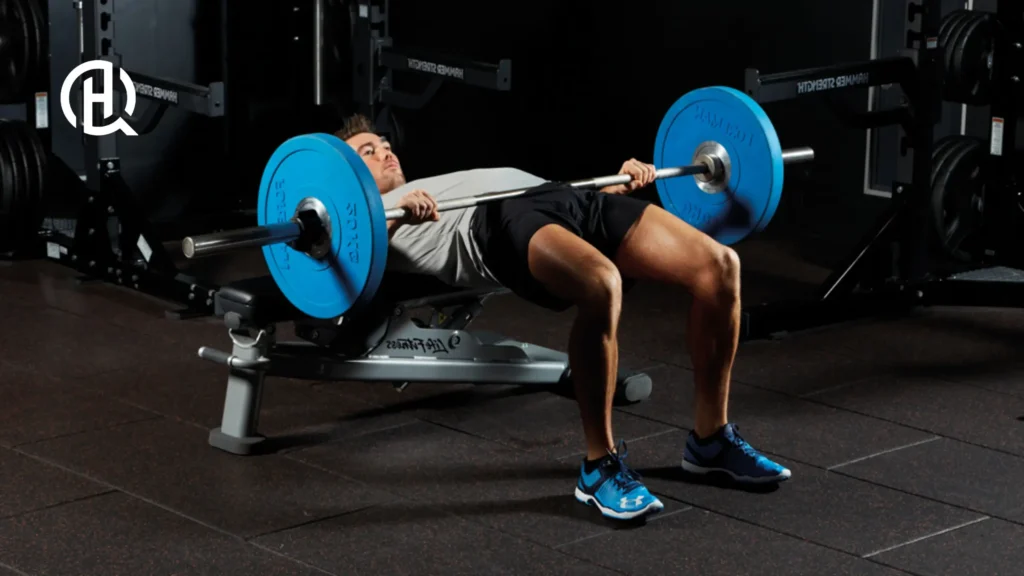
We love the barbell hip thrust as a glute workout because it offers the perfect balance of muscle isolation and compound motion. This happens because, despite being highly dynamic, the barbell hip thrust does place most of the tension on the glutes, maximizing gains and fitting the needs of anyone who’s looking for a stronger, more beautiful “booty”.
The full contraction of the hip thrust at the top is part of what makes it such a great glutes burner. In terms of muscle activation, the hip thrust is superior to squats and deadlifts, relying on the gluteus maximus (the largest and heaviest muscle in the body) as the primary mover.
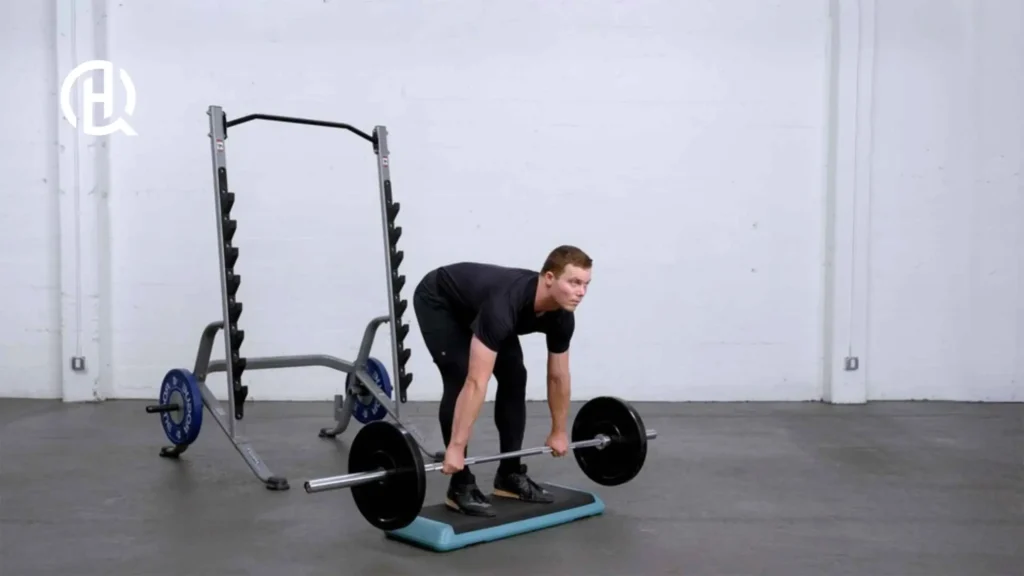
A variation of the standard barbell deadlift, the Romanian deadlift is performed with the legs moderately straight, meaning the quads won’t be as involved in the movement. The result is a higher degree of hamstring activation due to the exercise’s limited knee flexion.
The barbell Romanian deadlift is also the type of exercise that, once a part of your workout, will continue to be one of your favorites over time. In other words, it’s awesome in terms of overload potential: effective even with little weight, and quite safe even with very heavy loads.
For alternatives, check out the table on our list of the best hamstring exercises. If you’re fed up with the Romanian deadlift, workouts such as the Good Morning and the stiff-leg deadlift can also do wonders for your leg gains.
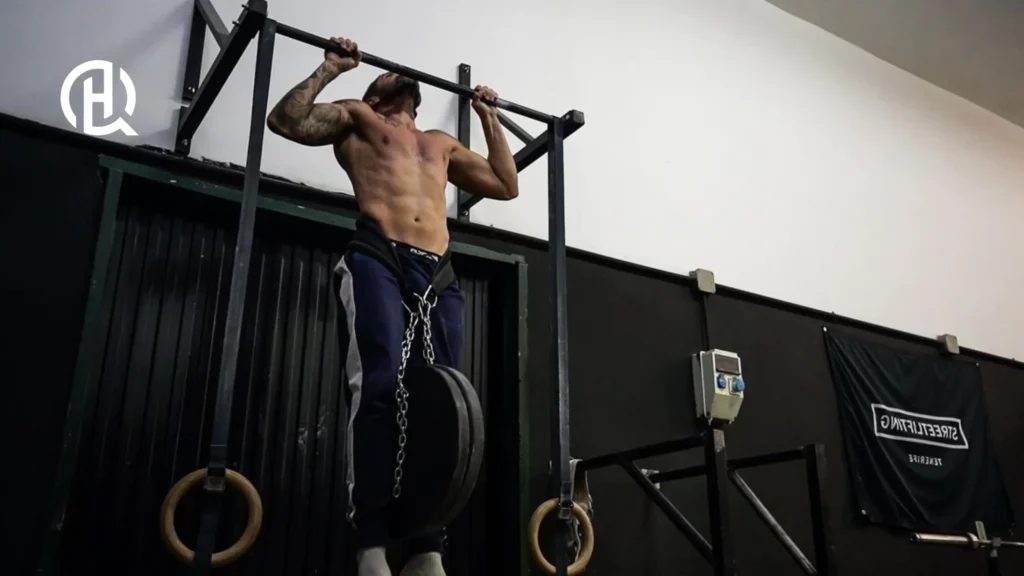
You can’t get a bigger back without working out the lats, and the most effective exercise for targeting this muscle is the classic pull-up. Well, maybe not the classic, as the weighted variation (where you put some weight in between your knees to make the move harder) is naturally more effective.
For one, the lats are indeed the primer mover in pull-ups, even though not always. The key to activating the lats in pull-ups is to use an especially wider grip. This grip will take away the focus from the muscles in the arms and shoulders and place it on the back muscles.
In addition, the weighted pull-up scores high in terms of range of motion, with a full stretch of the lats followed by a complete (and often hard to sustain) contraction at the top. Beginners shouldn’t be afraid of this one, but it’s probably better to master standard pull-ups before trying the weighted variation.
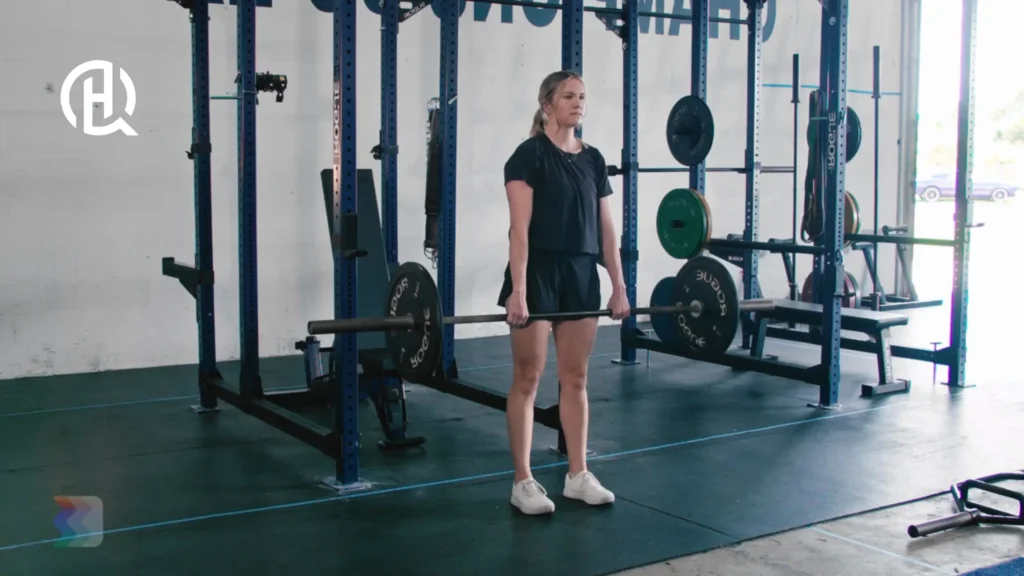
When it comes to the traps, we have prioritized contraction over the range of movement. After all, the upper trapezius’ main function is to elevate the scapula, a function requiring a small range of motion to begin with. That’s why we picked the barbell shrug as the most effective trap exercise.
Because of how peculiar the upper trapezius is, we also believe it can be more effectively trained using isolation instead of compound workouts. That’s precisely what the barbell shrug is, with virtually no other muscles, aside from the traps, involved in the action.
Highly scalable in terms of weight load, the barbell shrug also has the advantage of being dependent on the athlete’s pace. What we mean is that, to make the shrug much harder (and effective), all you have to do is pause at the moment of contraction. The longer the pauses, the stronger your traps will become over time.
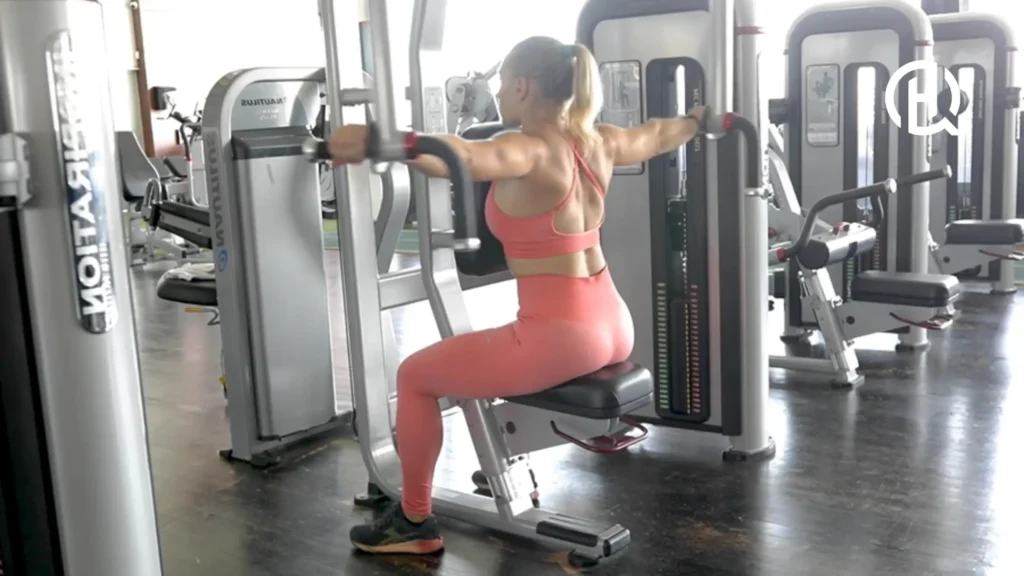
The pec deck is one of the most effective chest exercises, but it can also be a great back workout if you flip it around. The reverse pec deck fly is our number-one workout for the rear delts because it performs the two bodily functions that the muscle is responsible for: horizontal abduction and external rotation of the shoulder.
By sitting on the pec deck with your face facing the machine, the required movement will also allow for both a full frontal stretch and intense contraction at the end of the motion. When you pull the arms to the front, you’re stretching the rear delts; when you open them wide, you’re contracting them.
The reverse pec deck fly is a super-isolating workout, but that’s simply the most effective solution for generally undertrained muscles like the rear delts. Several sources cite face pulls as the most effective rear delt workout, but these are often based on an EMG study that mainly concerns the side delts, not the rear delts.
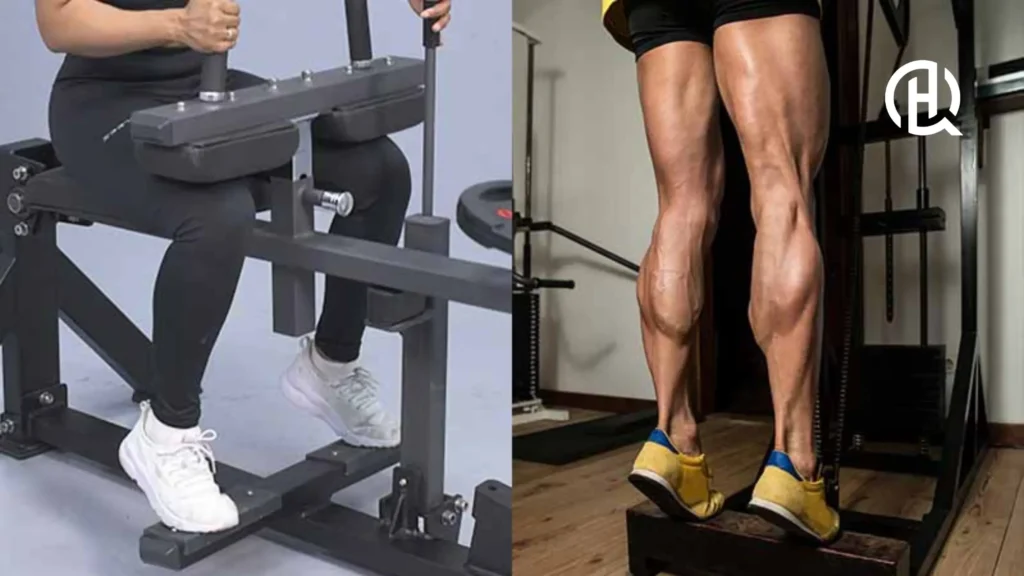
Calves are famously hard to grow, but you have better chances of making them look bigger if you commit to a solid soleus workout like the seated calf raise. While the other main calf muscle (the gastrocnemius) is also important, it doesn’t respond as well to training as the bigger, stronger soleus.
However, this was the one instance in which we couldn’t just settle for the single most effective exercise. After all, recent studies show that the standing calf raise (more focused on the gastrocnemius) is better for building muscle than the seated variation.
The standing calf raise also has the advantage of requiring just a barbell, not a seated calf raise machine (which isn’t always available, even in some gyms). Either way, we recommend that you train both seated and standing calf raises to get those beautiful 3D calves you’ve always dreamed of.
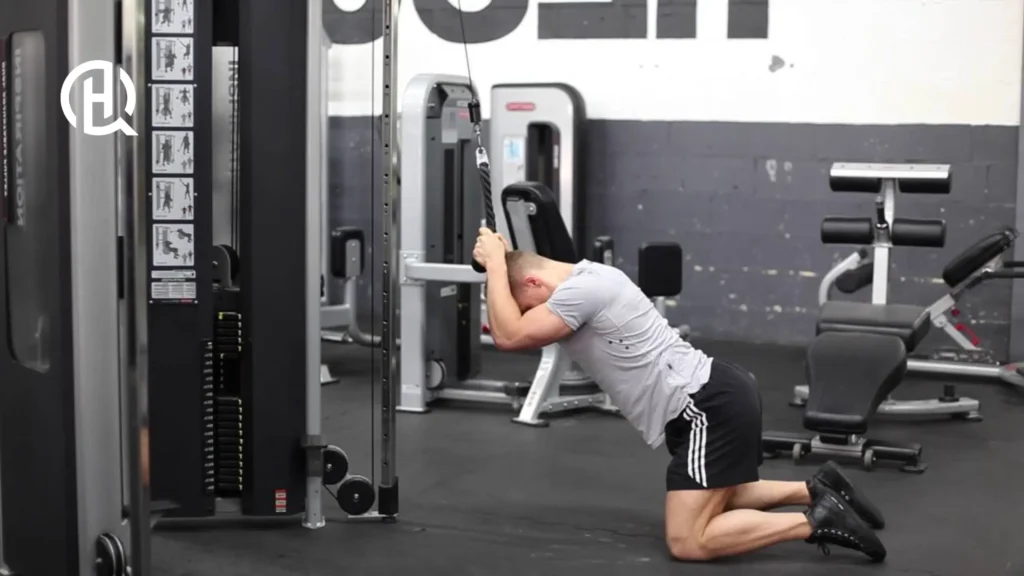
The not-so-famous cable crunch may be an odd choice for the most effective core exercise. However, we believe it’s a great option because, unlike regular crunches (and many other core workouts), it has virtually limitless overload potential.
This means that, over time, the cable crunch can indeed adapt to your progress; instead of having to do more reps (because “that’s how abs work”) you can actually grow your abdominals (and overall core) by adding more weight to the cable machine.
As usual, our top choice is also based on the depth of stretching and peak contraction provided by the exercise. The cable crunch is flawless in this category, as its dynamic motion allows for a complete stretch at the top and full contraction at the bottom. As an ab routine, it’s also significantly isolating, minimizing the involvement of the hips and obliques.
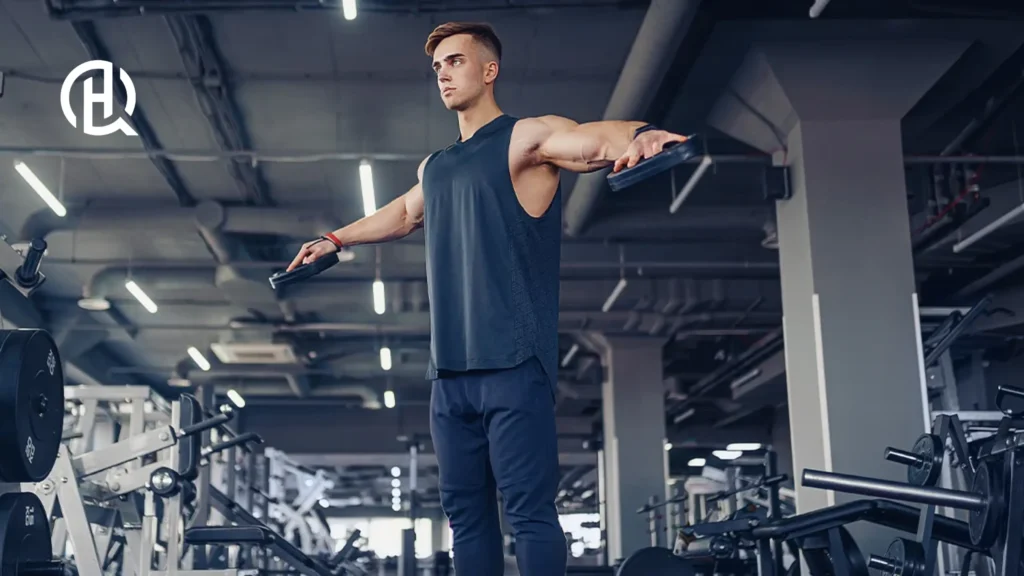
Our list of the most effective exercise per muscle was mainly based on a set of four criteria:
For an exercise to be effective, it needs to activate one or more muscles. Essentially, this refers to how hard a muscle has to work during a certain exercise. Push-ups, for example, are more effective in terms of chest activation than squats.
Muscle activation is our number-one criterion because it directly impacts muscle growth, which is usually one of the main goals for people who work out. It’s essential for hypertrophy—the increase in muscle cell size.
Overload potential refers to how easy (or hard) it is for an exercise to be improved over time, be it in terms of added weight or increased number of reps. Therefore, it’s a statement of how far one can take a particular exercise.
This criterion affects an exercise’s effectiveness because, if an exercise cannot be improved on, progress will be stalled. Usually, compound exercises that engage a large number of muscles (like barbell squats) have a higher overload potential than exercises that isolate one or two specific muscles (like lateral raises).
An exercise’s effectiveness also depends on its range of motion, which refers to the movement a given muscle has to do during a rep. The more the muscle is stretched under stress (like when it’s holding the weight load), the better the exercise in terms of range of motion.
Ideally, you should look for exercises that use a long range of motion and maintain tension for as long as possible. Some machine exercises, for example, lose tension at the top, meaning they’re not as effective as exercises that never stop holding tension.
Our last criterion is tricky because is actually comprised of two separate criteria: muscle isolation and compound activation. Exercises that isolate a muscle are great for fixing imbalances and high-level gains (like when pro bodybuilders work out the calves), whereas compound exercises are more effective in terms of strength development.
So, if you want to grow your upper body, you should try a compound exercise like the bench press, which activates several muscles at once with great effectiveness; however, to train specific upper body muscles (like just the triceps), isolation routines like triceps pushdowns are the best option.
To wrap things up, here’s a table with basic information regarding each of the selected exercises, including the main benefit associated with each routine:
| Muscle group | Most effective exercise | Exercise type | Main benefit(s) |
| Chest | Incline dumbbell bench press | Compound | Maximum upper chest activation |
| Biceps | EZ-bar preacher curl | Isolation (Biceps) | Maintains isolation while allowing for a deep stretch |
| Triceps | Dumbbell overhead triceps extension | Isolation (Long head) | High level of contraction without losing form |
| Shoulders | Cable one-arm lateral raise | Isolation (Lateral deltoids) | Constant tension with precise muscle targeting |
| Quads | High-bar barbell back squat | Compound | Quad-dominant despite being a compound exercise |
| Glutes | Barbell hip thrust | Hybrid | Maximum contraction, scalability, and glute activation |
| Hamstrings | Barbell Romanian deadlift | Compound | Great for isolation and heavy loads |
| Lats | Weighted pull-up | Compound | Unrivaled lats’ activation despite being a compound exercise |
| Traps | Barbell shrug | Isolation (Upper trapezius) | Maximum contraction |
| Rear delts | Reverse pec deck fly | Isolation (Rear deltoids) | Complete stretch & contraction |
| Calves | Seated & standing calf raises | Isolation (Soleus & gastrocnemius) | A two-in-one solution to cover the main calf muscles |
| Core | Cable crunch | Isolation (Abs) | Arguably the most scalable core workout |
The most effective exercises per muscle are incredibly useful and can help you train the entire body, but finding the perfect full-body workout isn’t as simple as just doing all of the exercises at the table once…
To make sure you’re not hurting your gains or conditioning your form, check out our professionally curated workout programs, including complete full-body weekly splits designed by industry experts.
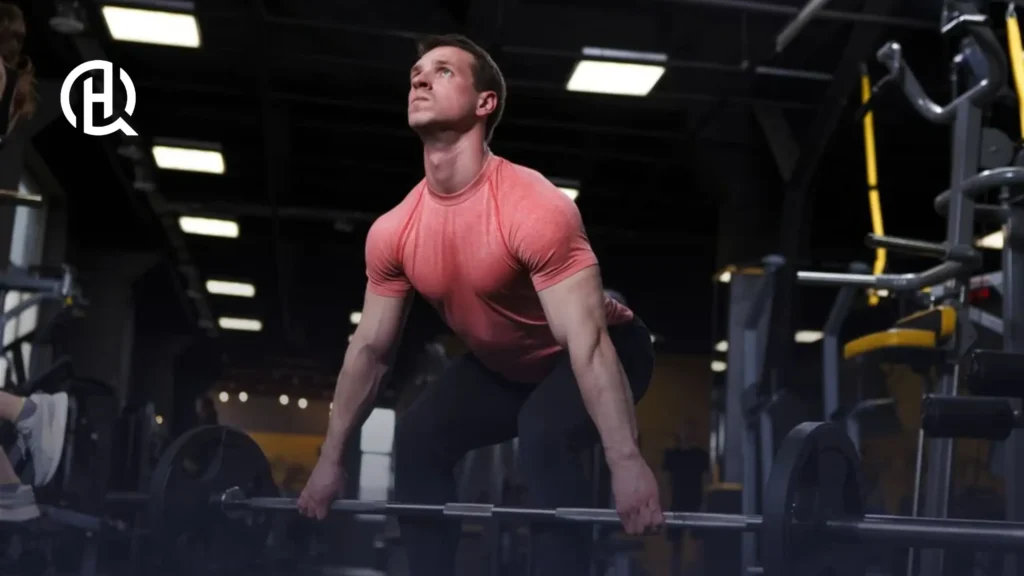
You can’t train the whole body using a single exercise, but the barbell deadlift is a good recommendation for anyone looking for an exercise that covers many muscles at once. This highly complete workout affects the back, glutes, hamstrings, core, traps, forearms, and quads.
Flattening the stomach isn’t possible by performing one single exercise, as it’s dependent on countless factors, including how many calories you eat a day.
Compound movements are the best type of exercise for weight loss because they are dynamic (and therefore great for cardio) while preserving muscle mass. That’s why many experts recommend compound-heavy workouts like High-Intensity Interval Training (HIIT) to people who want to lose weight fast.
We have decided on the cable crunch as the most effective core exercise because it allows for a high level of ab activation but, unlike most core workouts, is also highly scalable.
There’s no single right answer to the question, but a good approach is to focus on exercises that target large groups of muscles at once (barbell squats, for example, can activate legs, glutes, core, and back in one single movement). These exercises are especially effective because they stimulate anabolic hormones like testosterone more significantly than isolation movements, due to the high demand they place on the body.